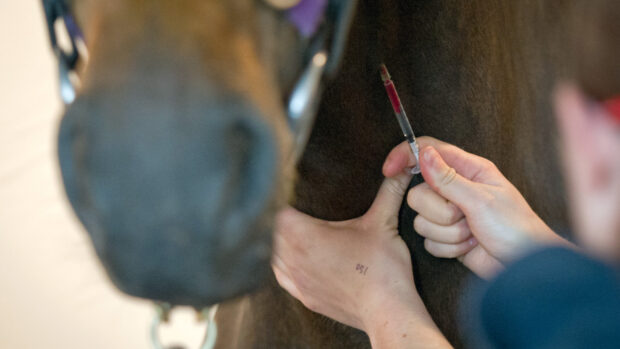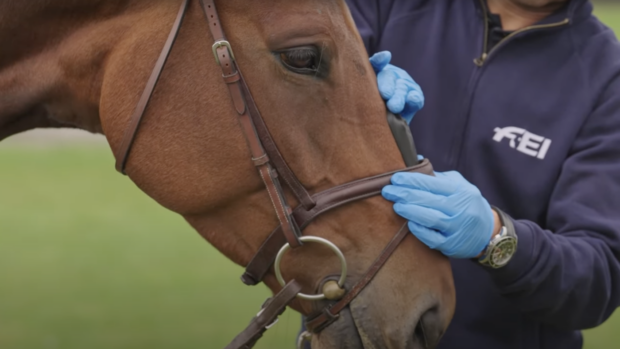The feasibility of a new International Equestrian Federation (FEI) injuries database, to record in detail the type, frequency and outcome of equine injuries occurring in competitions, has been questioned by experts.
All agree the proposed FEI database could be a positive step forward for horse welfare — the information collated will increase research into improving safety and preventing injuries.
But some in the industry have questioned how easy it will be to collect the data.
FEI veterinary director Graeme Cooke said: “The FEI is following in horse racing’s footsteps.
“Most racing authorities now keep detailed records of the types of injuries horses sustain on the track, which enables them to have a deeper insight into the risk factors involved and identify those horses most at risk.”
And FEI veterinary delegate Dr Paul Farrington added: “If we can glean a greater insight into the types of injuries that are occurring under different circumstances we can take positive steps to prevent them in the first place.”
However British Eventing (BE) safety officer Jonathan Clissold said: “BE already records injury data at a national level — any horse receiving veterinary attention at a BE event has its treatment logged at the time.
“But if a horse pulls up slightly lame at an event, it is often not seen by the on-site vet and so won’t be recorded.”
And H&H’s veterinary consultant Karen Coumbe added: “Most injuries in competition — particularly in eventing — occur when horses are tired and might not come to light until several days later.”
The database was proposed at an FEI Bureau meeting in May and further discussions will take place with national federations.
This news story was first published in the current issue of Horse & Hound (9 June, 2011)




